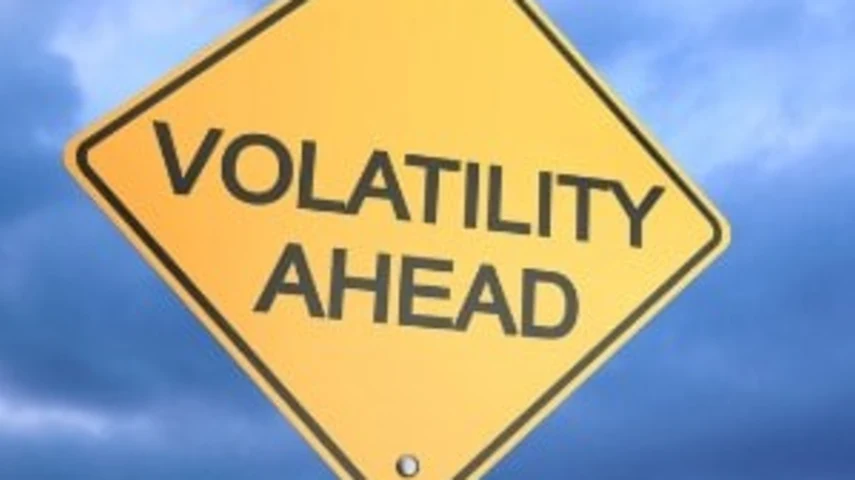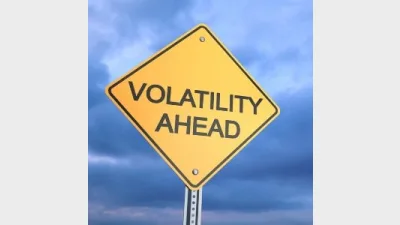Volatility is back, Brandywine Global says



Volatility has made a comeback to the stock market and is likely to stay for the duration of this cycle, according to Legg Mason affiliate Brandywine Global.
However, volatility should be now viewed as a yellow flag for the investment cycle, Brandywine’s director of global macro research, Francis A. Scotland said.
The return of volatility was a sign that the Fed has become more confident of the economic expansion and that normalisation had entered a familiar phase.
“It is the first normalisation cycle since the Great Financial Crisis, yet no one knows what normal looks like,” Scotland said.
“Complicating the outlook is the simultaneous and accelerating contraction in the central bank’s balance sheet, something it has never done before.”
He added that, based on the history, the central bank tended to keep tightening until there was another crisis and/or a recession.
He warned that if the market was right, “something would come along that convinces the Fed to stop or change course”.
“It’s impossible to know in advance what that might be, although there are range of suspects. But all incoming Fed chairs are inevitably tested, earlier usually rather than later. In the interim, more churning and volatility in capital markets is likely to be the norm,” he said.
Recommended for you
Australian equities manager Datt Capital has built a retail-friendly version of its small-cap strategy for advisers, previously only available for wholesale investors.
The dominance of passive funds is having a knock-on effect on Australia’s M&A environment by creating a less responsive shareholder base, according to law firm Minter Ellison.
Morningstar Australasia is scrapping its controversial use of algorithm-driven Medalist ratings in Australia next year and confirmed all ratings will now be provided by human analysts.
LGT Wealth Management is maintaining a neutral stance on US equities going into 2026 as it is worried whether the hype around AI euphoria will continue.












